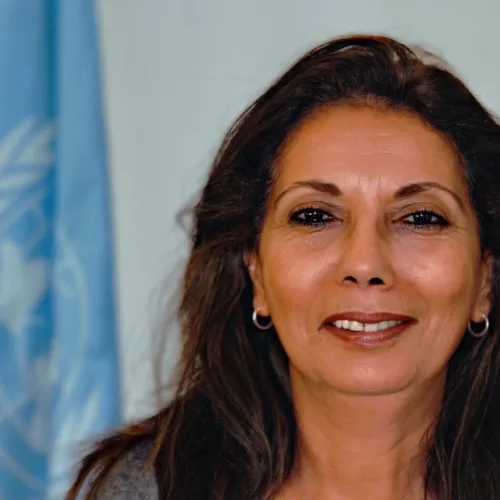Dr. M’jid, is a medical doctor in pediatrics, with over 30 years devoted to the promotion and protection of children’s rights. From 2008 to 2014, she served as United Nations Special Rapporteur on the Sale of Children, Child Prostitution and Child Pornography. Dr. M’jid also worked as an Expert-Consultant for national and international projects, strategies and policies relating to child rights’ promotion and protection. Dr M’Jid has vast experience in the development of national policies on the protection of the child, and has worked with several governments, non-governmental and inter-governmental organizations.
Abstract
Abstract Title
Violence in Schools: Improved Prevention and Better Response
Every child has the right to go to school free from fear and violence. But for too many girls and boys worldwide, school is where they experience violence. School violence is widespread and occurs in all countries. School violence refers to all forms of violence that take place in and around schools, on the way to or from school, as well as online. School violence can be physical, psychological, and sexual, and includes gender-based violence, bullying, cyberbullying, school shootings as well as attacks on schools. According to UNESCO (April 2023) it is estimated that 246 million girls and boys experience violence in and around schools. School violence has severe and long-lasting effects on the mental health, well-being, and education of children. The human and economic cost of school violence is huge. According to the World Bank (2021), violence in schools leads to $11 trillion in lost lifetime earnings. Well documented proven policies and programmes show that ending school violence is a smart economic investment (Safe to learn, World Bank, UNESCO, UNICEF). Preventing and responding to school violence is critical to make sure that all children feel protected, safe, do not drop out, learn better and ultimately become active and productive citizens. Ending school violence is possible if cross sectoral policies , interdisciplinary programmes and interventions since the early childhood are in place, and if children are part of the solution. The clock is ticking! Less than 7 years remain to achieve the 2030 Agenda (SDGs 4,5 and 16). Investing in a safe, inclusive, and empowering education, leaving no child behind, can’t wait!

